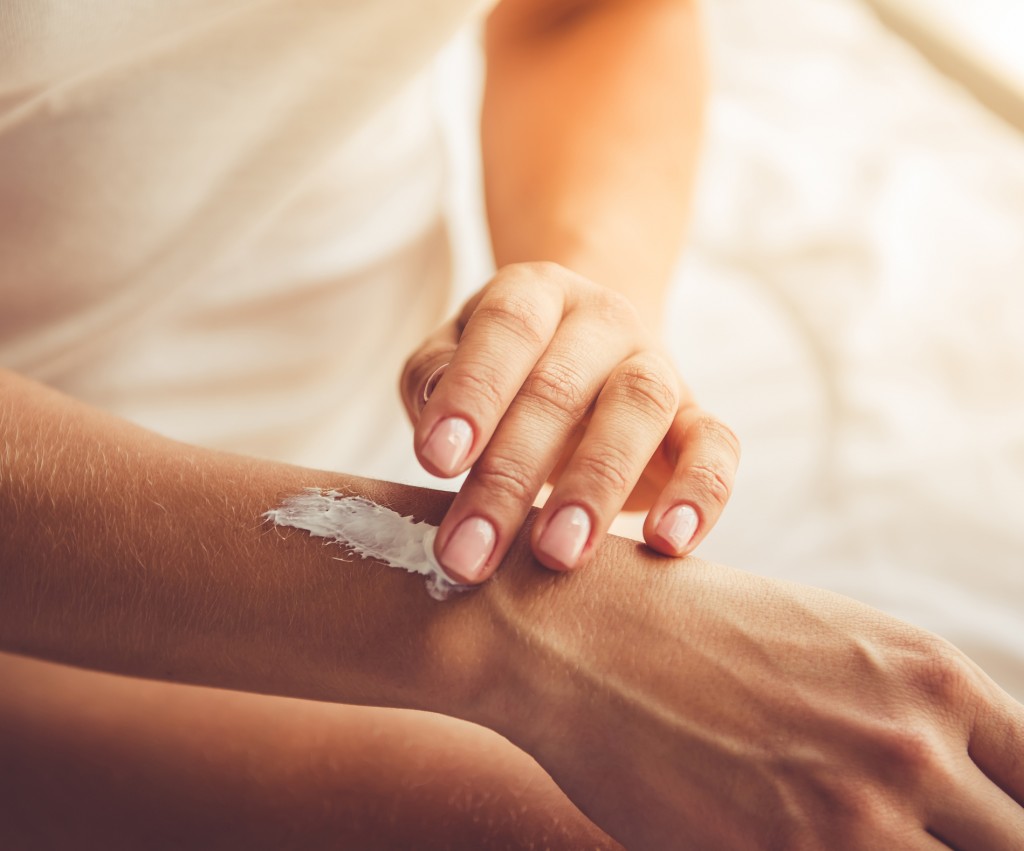
Atopic dermatitis, skin irritation
Here is some advice to help relieve the discomfort of this skin condition.
Atopic dermatitis, also known as atopic eczema, is a type of skin inflammation that causes red lesions, flaking, itching and lesions from scratching. It is a chronic condition that lasts a long time, causing outbreaks of dry, flaky, irritable skin.
This problem affects from 2-5% of adults and 10-25% of children around the world. The number of cases of dermatitis has tripled in the last 30 years, which leads us to suspect that changing lifestyles, genetic predisposition, and environmental factors, such as the growing population, could make it more likely to occur.
The most common symptoms are severe itching, red skin, and the appearance of blisters. If you have atopic dermatitis, you are also more likely to suffer from other illnesses such as asthma, rhinoconjunctivitis, allergy to dust mites and foods like eggs, nuts, and milk.
Atopic Dermatitis Day (27 November) aims to highlight the effects of the condition and to provide recommendations and care that help to relieve its effects.
How to relieve skin irritation
Everything capable of triggering an allergic reaction must be removed from the patient’s environment.
A bath every day: patients with atopic dermatitis have extremely dry skin, which must be kept moist by bathing in warm water every day. It is best to bathe mid-afternoon in warm water and for no more than ten minutes. Be careful when drying the affected skin. Pat gently with a towel and follow with emollient creams that contain urea or lactic acid.
Moisturise, moisturise, moisturise: frequent use of moisturising creams can help to protect the skin from drying and cracking. Talk to your doctor about the different moisturisers and emollient creams available. Choose creams that do not contain perfumes or other irritating substances, and keep them on you always.
Temperature: Excess heat and sudden changes in temperature can make this condition worse. Always keep rooms properly ventilated and avoid setting the central heating too high. The ideal temperature is around 20ºC.
Soft hands: Keep toe and fingernails short so that you are less likely to injure the skin by scratching. Placing something cold on the irritated area can also help to reduce the temptation to scratch.
Avoid tight clothing: Do not wear tight, rough, or scratchy garments. Cotton is your best choice. You can machine wash your clothes, but take care not to use fabric conditioner and give everything an extra spin.
Shower after exercise: Sweat soaks the skin, so shower or bathe immediately after exercising. Don’t forget to follow with a moisturising lotion.
Domestic chores: Dust can be harmful to people with atopic dermatitis. When cleaning the house, use a vacuum cleaner and mop rather than a broom, and protect your hands with rubber or cotton gloves.
Learn to relax: Stress and anxiety exacerbate the symptoms and discomfort. Learn relaxation techniques (yoga, mindfulness, Tai Chi…) and remember that stress is a temporary thing.
Most atopic dermatitis sufferers are children. Although symptoms sometimes disappear at puberty, in some cases the condition continues through adulthood.
Our skin protects us, helps to control body temperature and is responsible for the sense of touch. Let’s take care of it.
This post is also available in: Portuguese (Portugal)
